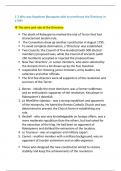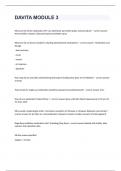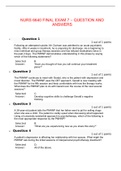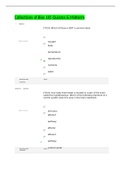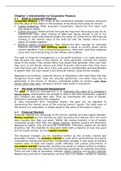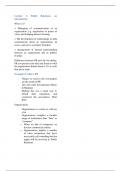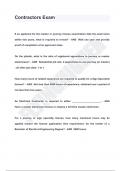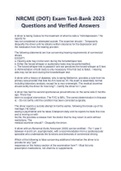Samenvatting
Summary AS History: Napoleon Bonaparte overthrow of the Directory in 1799
- Vak
- Instelling
A fully summarised document that covers section 1.3 which is Napoleons overthrow of the government in 1799. The summary is easy to follow and focuses on key dates and points. I used this to study for my exams
[Meer zien]
